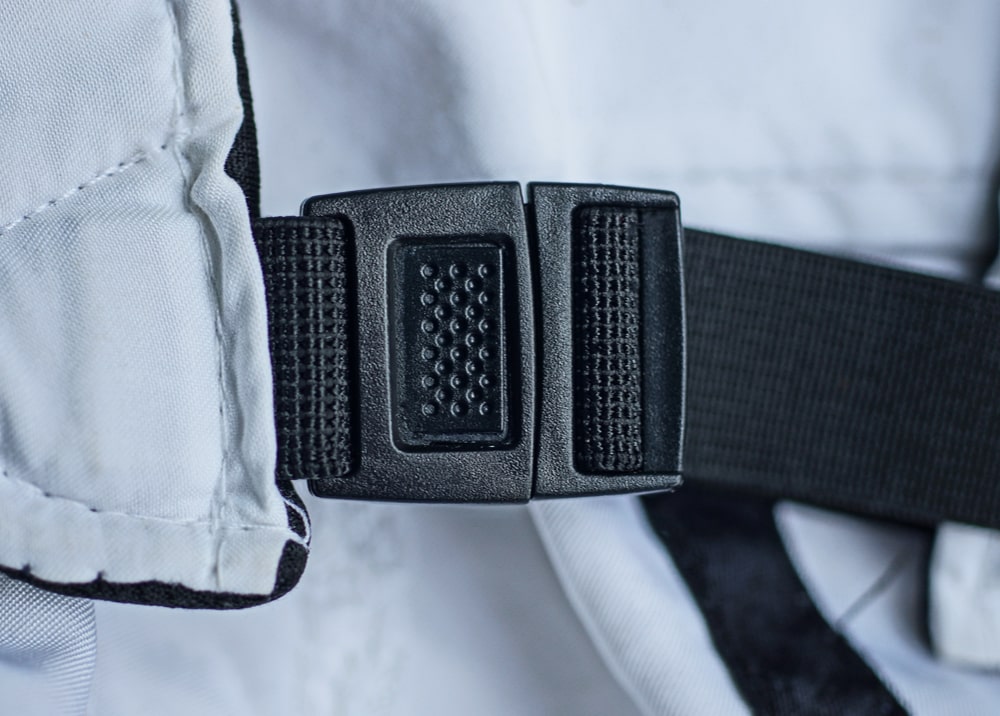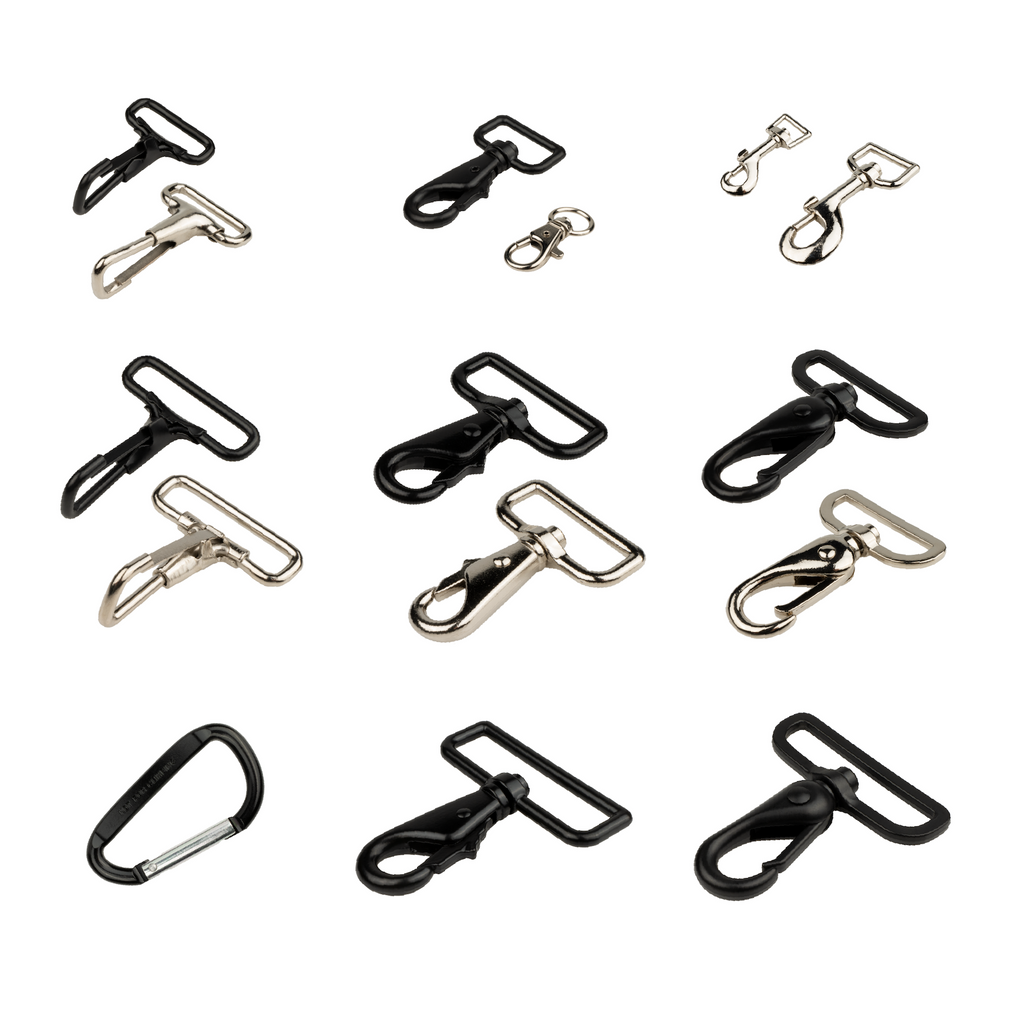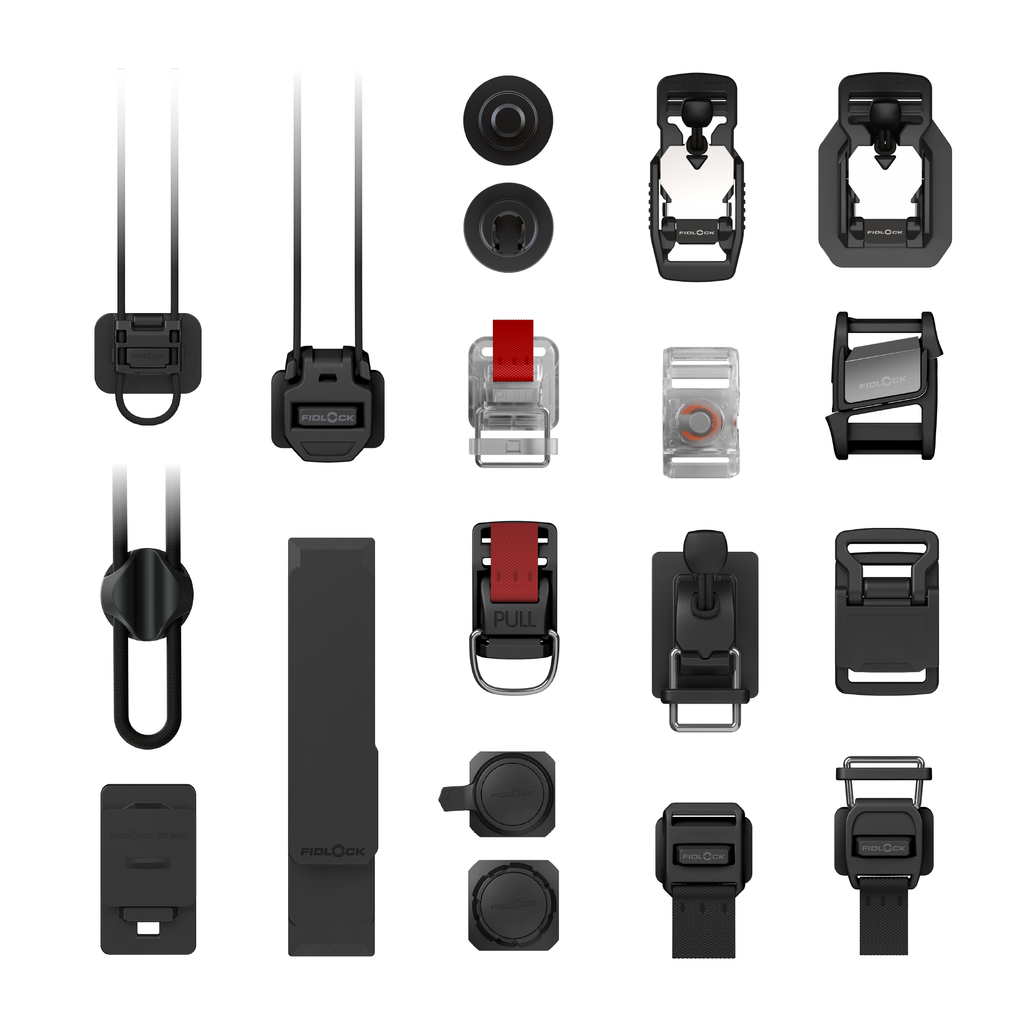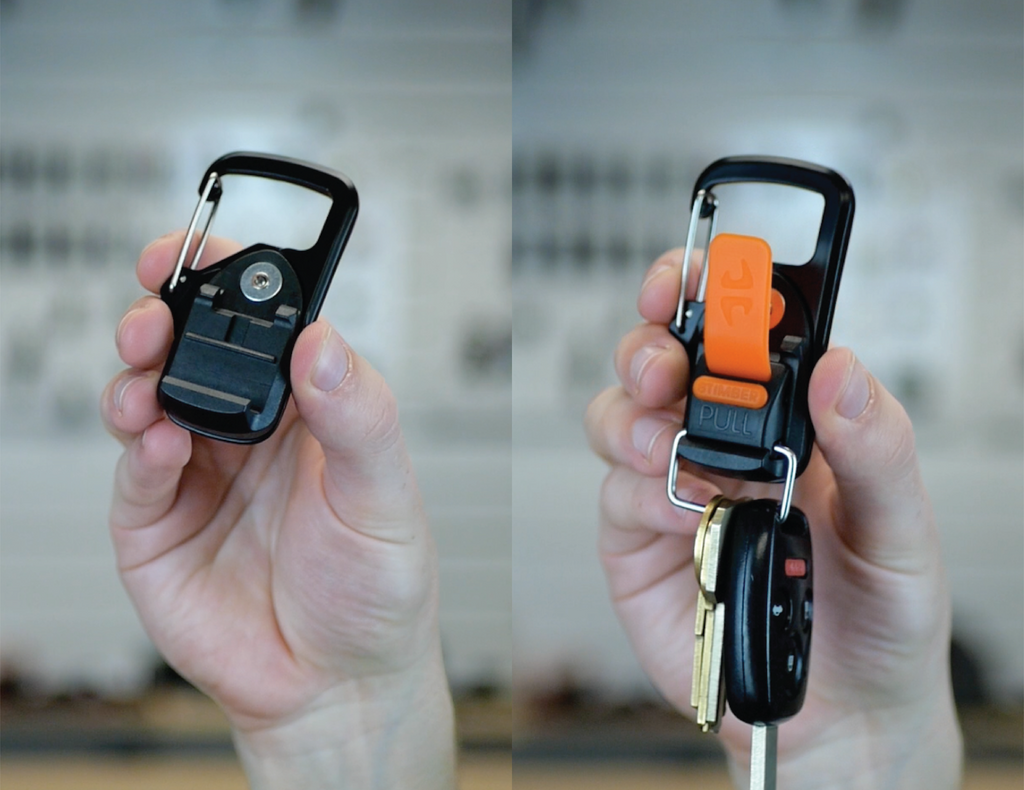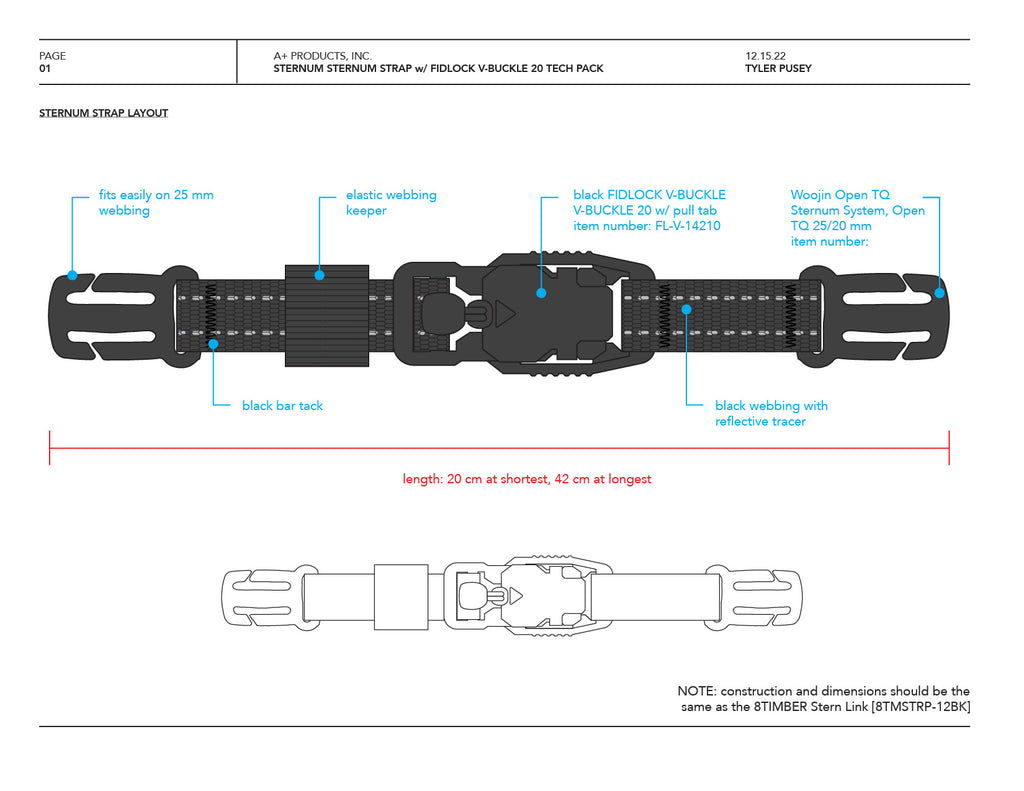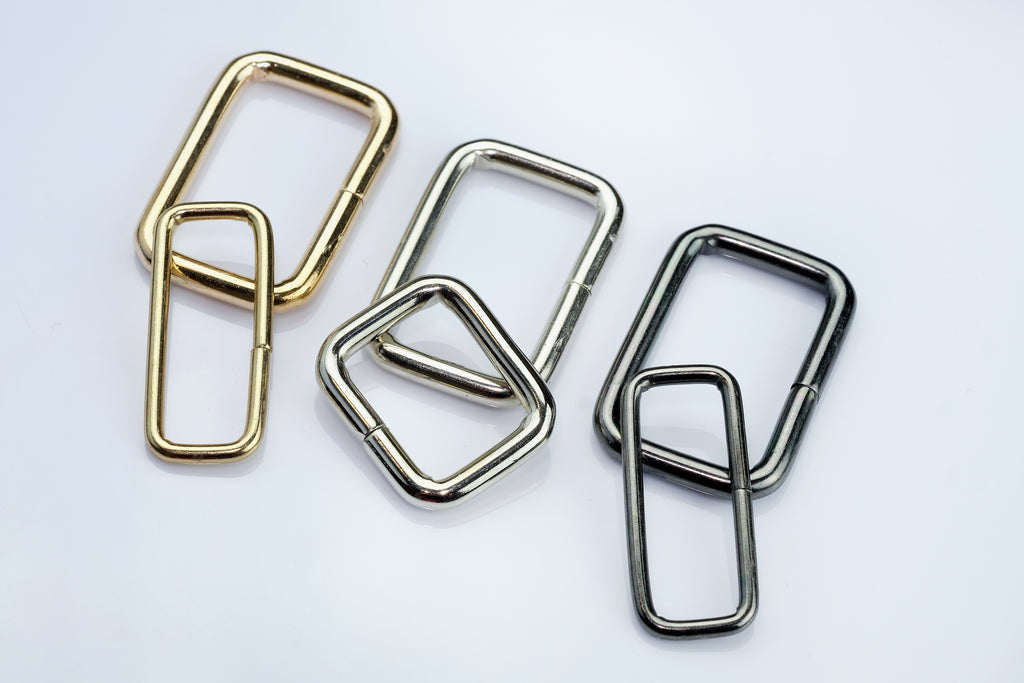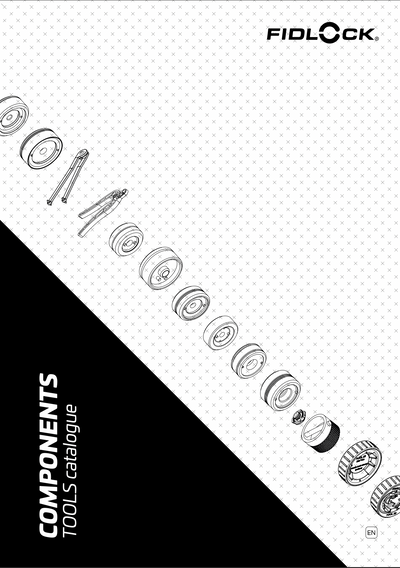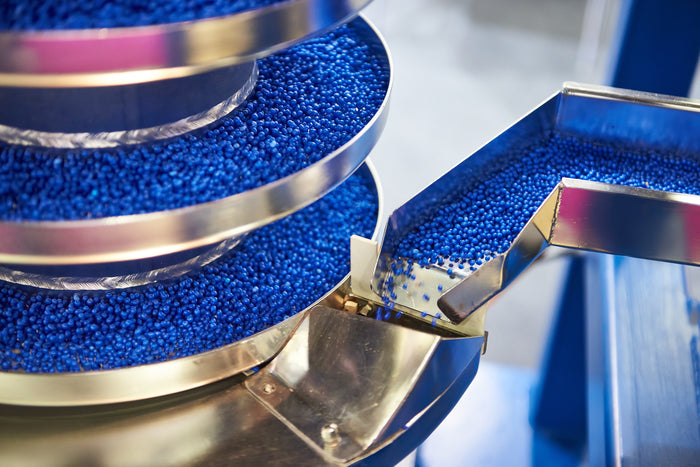
Acetal, also known as PolyOxyMethylene (POM), is a versatile thermoplastic that comes in two main types: copolymer acetal (POM-C) and homopolymer acetal (POM-H), commonly referred to as Delrin®. Each type of acetal has its own distinct advantages and disadvantages. In this article, we will compare these two acetal variants and discuss their unique properties, applications, and considerations.
Acetal Copolymer: Acetal copolymer, a generic acetal material, offers excellent performance at a slightly lower cost compared to Delrin®. It provides consistent properties throughout the shape, devoid of centerline porosity. With low stress levels and high strength, it ensures flatness and dimensional stability up to a maximum continuous service temperature of 180°F (80°C). Moreover, copolymer acetal grades comply with FDA, USDA, NSF, and 3-A Dairy regulations. They are also available in various colors, such as natural, black, blue, red, yellow, green, brown, and grey. Some advantages over homopolymer acetal include better dimensional stability due to lower crystallinity, improved resistance to hot water and caustics, and a lower coefficient of friction with enhanced impact and wear properties, particularly in wet or moist environments.
Acetal Homopolymer (Delrin®): Delrin® acetal homopolymer, unlike the more generic acetal materials, offers slightly higher mechanical properties. It is an excellent choice for applications involving continuous cyclic loading. However, Delrin® may contain a low-density centerline porosity, particularly in large cross-sections. It exhibits slightly less chemical resistance compared to copolymer acetal. Delrin® is available in natural and black colors. Notable advantages over copolymer acetal include greater stiffness with a higher flexural modulus at room and elevated temperatures, slightly higher tensile and impact strength at room temperatures, and a lower coefficient of friction due to its increased hardness.
Comparing Delrin® and Acetal Copolymer: In most applications, Delrin® and acetal copolymer can be interchanged as their material properties are within approximately 10% of each other. However, certain factors influence the choice between the two. Acetal copolymer is better suited for continuous high-temperature exposure, making it suitable for such applications. On the other hand, Delrin® is the preferred choice for continuous cyclic loading applications due to its higher mechanical properties. It is important to consider these factors when selecting the appropriate acetal variant.
In addition to their distinct properties, there are interesting facts about acetal materials. Delrin® sinks in water, while Poly Pro, another thermoplastic, floats. This distinction showcases the varied behaviors and characteristics of different thermoplastics.
Choosing between Delrin® and acetal copolymer depends on the specific application requirements. While acetal copolymer offers better dimensional stability, resistance to hot water and caustics, and improved impact and wear properties in moist environments, Delrin® provides higher stiffness, flexural modulus, tensile and impact strength, and lower friction coefficient. Moreover, Delrin® is well-suited for continuous cyclic loading applications. It is important to consider these factors, along with other application-specific considerations, when selecting the most suitable acetal variant.

